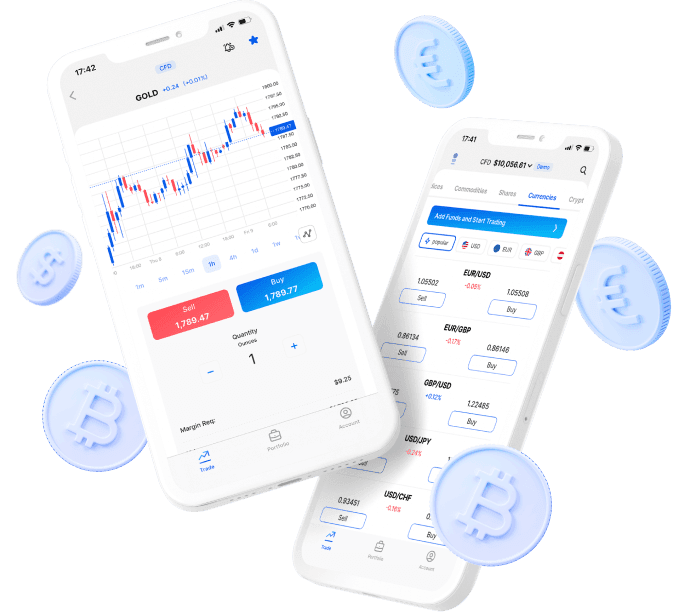Wir nutzen Cookies für Dinge wie Live-Chat-Support und um Ihnen Inhalte zu zeigen, die Sie wahrscheinlich interessieren. Wenn Sie mit der Verwendung von Cookies durch markets.com einverstanden sind, klicken Sie bitte auf „Annehmen“.
CFDs sind komplexe Instrumente und umfassen aufgrund der Hebelfinanzierung ein hohes Risiko, schnell Geld zu verlieren. 77,3% der Privatanlegerkonten verlieren Geld, wenn sie mit diesem Anbieter CFDs handeln. Sie sollten überlegen, ob Sie wirklich verstehen, wie CFDs funktionieren, und ob Sie es sich leisten können, das hohe Risiko von finanziellen Verlusten einzugehen.
Dienstag Aug 22 2023 11:36

3 min
In simple terms, a trade ‘execution’ is when your buy or sell instruction is completed, rather than when you actually place the trade order.
When you place a trade with a broker, there is a small gap between when you place the trade, and when it’s actually fulfilled.
Brokers are required by law to find the best way to place your trade, and this can take varying amounts of time. This means that the gap between placing the trade and executing it can vary in length.


Join the 100.000s that have made markets.com their home for trading. Learn about trading as you grow your portfolio.
More power in our platforms
Wir können derzeit keine Kunden aus Ihrem Land annehmen. Falls Sie diese Nachricht fälschlicherweise erhalten haben, setzen Sie sich bitte mit unserem Support-Team per E-Mail an support@markets.com in Verbindung.
Support kontaktieren

Asset prices can change between you placing a trade and then your broker executing it. This is known as ‘slippage’.
This may mean that although you place your trade when your chosen asset is priced at $45, by the time it’s executed, the price could have moved to $46. Any profit or loss you make will usually be on the executed price.
This can also be the case when you sell. So, if you place an order to close your trade with a profit of $198, say, you may find that by the time the close order is executed, your profit has fallen to $195. (Or risen to $200.)

If you place a particularly large order for less-liquid asset, you may find that your broker (or your trading platform) breaks the order down into smaller trades so it can be fulfilled.
So, let’s say you want to place a $10,000 trade on a less liquid asset, and the buyers just aren’t there. Your broker may need break the trade down into four $2,500 trades, and then buy those four positions as and when the opportunities arise.
If this happens, it’s likely your trades will be made at different entry and exist points, and any profits or losses will also vary position to position.
Liste aller Werte
Ganze Liste ansehenNeueste
Alles ansehen
Sonntag, 27 April 2025

5 min

Sonntag, 27 April 2025

5 min

Sonntag, 27 April 2025

5 min

Sonntag, 27 April 2025
Indices
Bond ETF Analysis: How Market Volatility Affects Bond ETF Performance

Sonntag, 27 April 2025
Indices
Commodity Market Today: Relationship Between Global Economies and Oil Prices